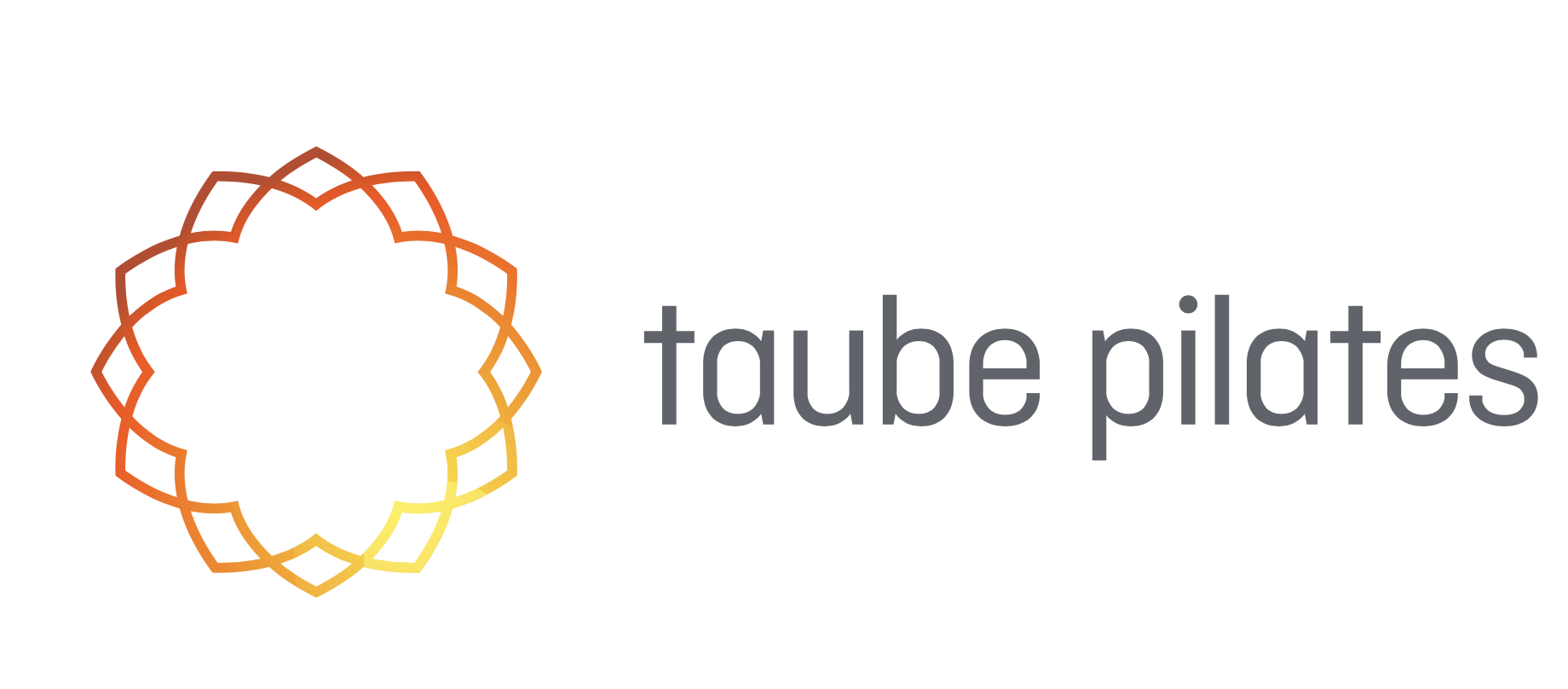2.41 Footwork on the Reformer
Objectives
Footwork on the Pilates Reformer aims to enhance lower body strength, flexibility, and stability while promoting proper alignment and movement patterns. It targets the muscles of the legs, hips, and feet to improve overall lower body function and coordination.
Goals and Benefits
- Strengthen muscles of the legs, including the quadriceps, hamstrings, calves, and intrinsic foot muscles.
- Improves ankle mobility and stability.
- Enhances overall lower body flexibility and range of motion.
- Promotes proper alignment and posture.
- Increases body awareness and control.
- Provides a foundation for more advanced Reformer exercises.
Level
Beginner to Advanced, depending on spring tension and variation.
Equipment Set Up
3 or four springs, headrest, stopper and gear bar adjusted for individual
Repetitions
Typically, perform 8-10 repetitions for each foot position or variation, adjusting as needed based on individual fitness levels and goals.
Watch Points
- Maintain neutral alignment of the spine throughout the exercise.
- Avoid locking the knees or hyperextending the ankles.
- Keep the shoulders relaxed and away from the ears.
- Engage the core muscles to stabilize the pelvis and prevent excessive movement.
- Focus on controlled movement and smooth transitions between foot positions.
Indications
- Individuals looking to improve lower body strength and flexibility.
- Those seeking to enhance ankle mobility and stability.
- Pilates practitioners of all levels aiming to develop foundational Reformer skills.
Contra-indications
- Recent injuries or surgeries affecting the lower body or feet.
- 16 weeks Pregnancy and onwards
Cueing
- “Press evenly through the feet.”
- “Pull the patella up towards the pelvis.”
- “Lengthen through the spine as you move.”
- “Keep the shoulders relaxed and open.”
- “Engage the core to support the pelvis.”
Small Props
Small props such as a foam pad or cushion can be placed under the feet to provide additional support and cushioning, particularly for those with sensitive feet or ankles. Additionally, resistance bands or loops may be used to add challenge and resistance to the footwork exercises, helping to further strengthen the lower body muscles.
Anatomical Plane
Footwork on the Pilates Reformer primarily operates in the sagittal plane, focusing on movements like flexion and extension of the ankles, knees, and hips.
Targeted Muscles
- Quadriceps: Located at the front of the thigh, these muscles extend the knee during the pressing phase of footwork.
- Hamstrings: Situated at the back of the thigh, they assist in knee flexion during the return phase.
- Gluteus Maximus: The largest muscle in the buttocks, it aids in hip extension during footwork.
- Calves (Gastrocnemius and Soleus): These muscles plantarflex the ankles during pressing motions.
- Intrinsic Foot Muscles: Muscles within the foot contribute to maintaining arch support and stability during footwork exercises.
